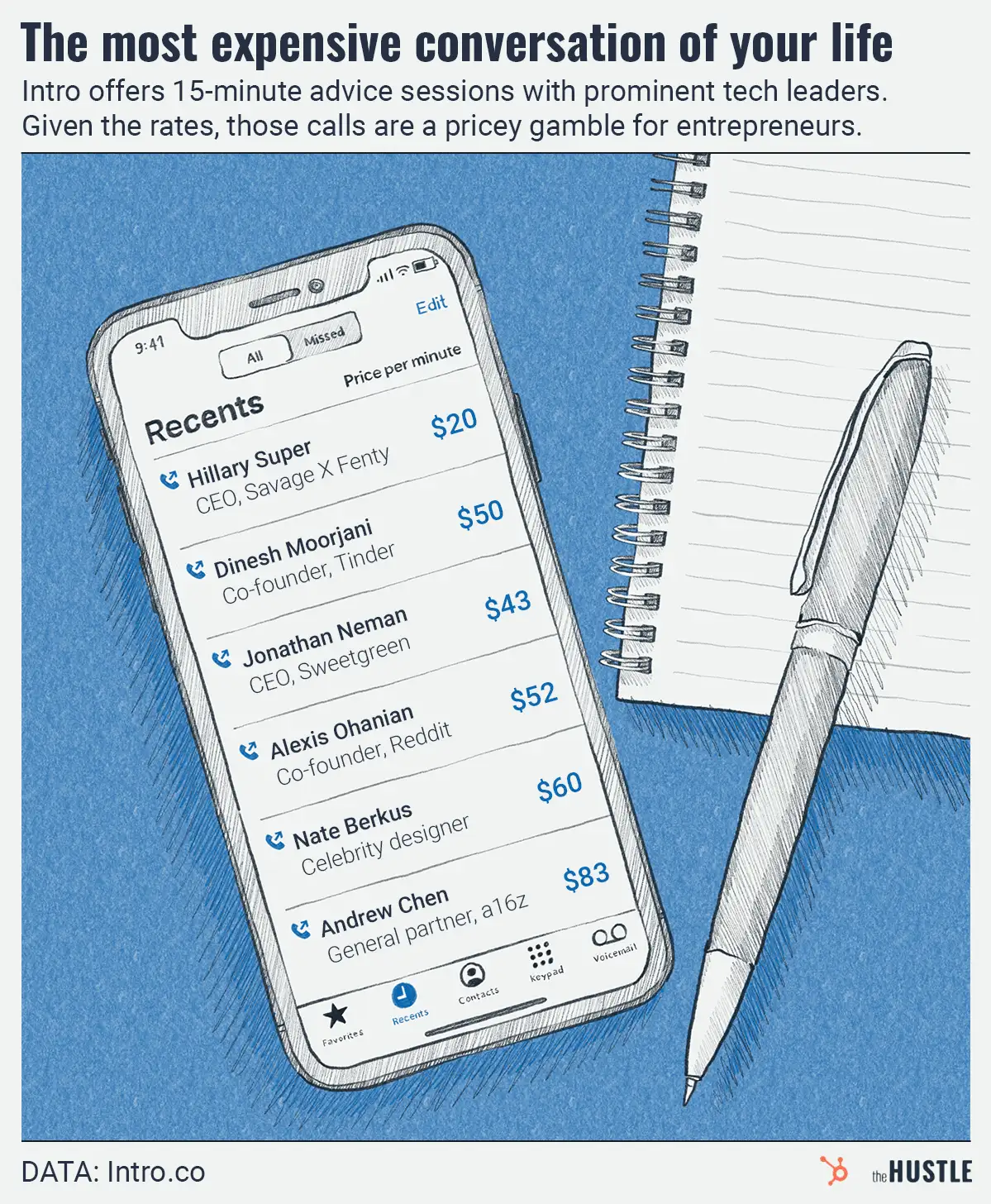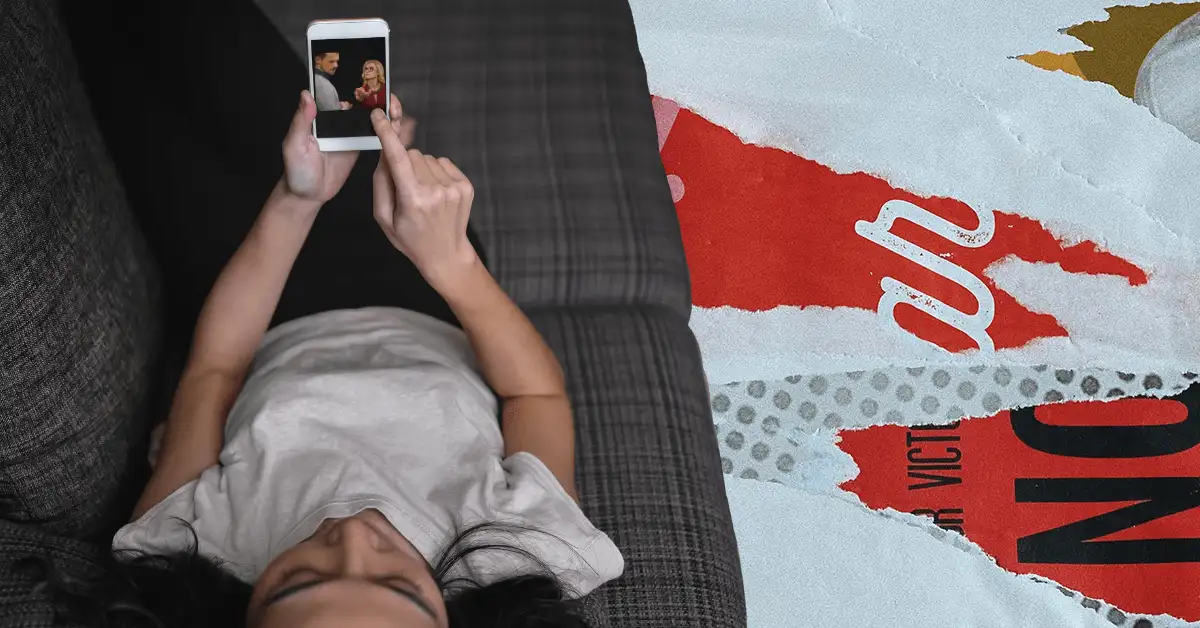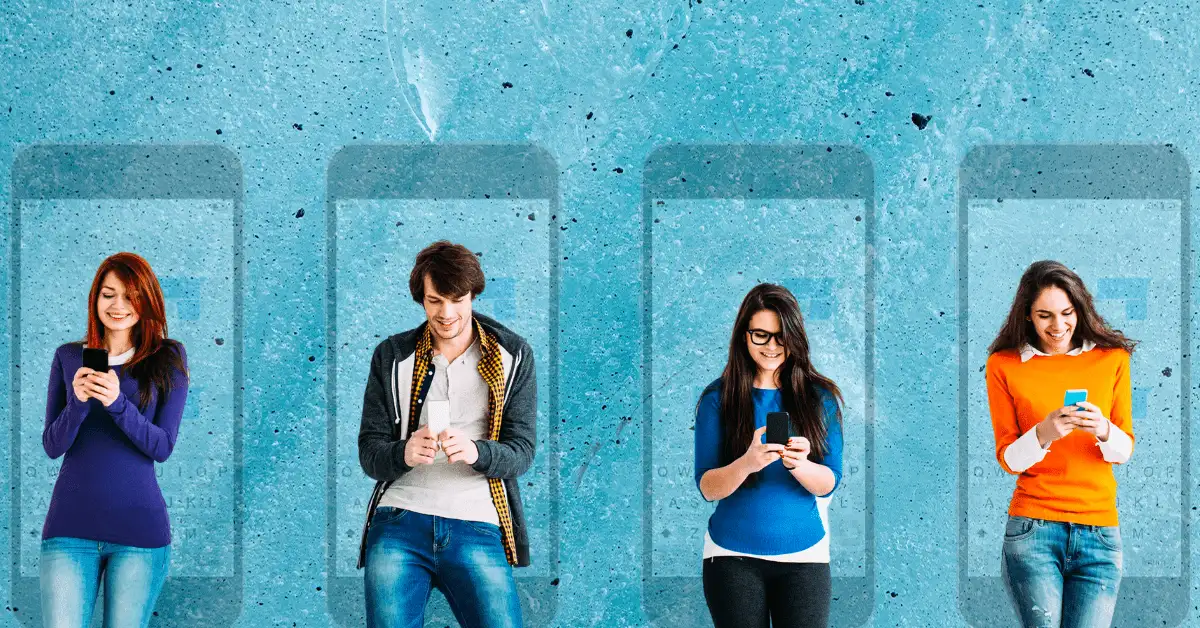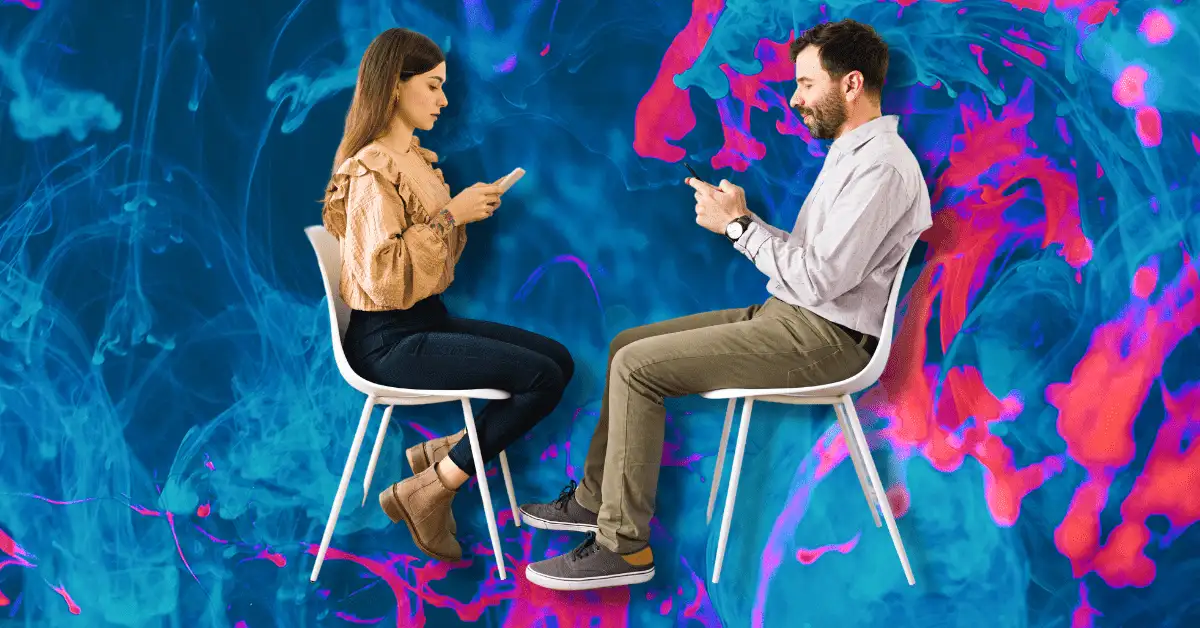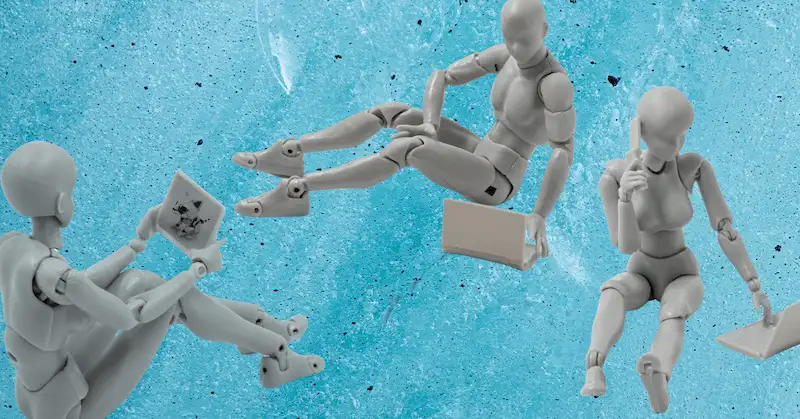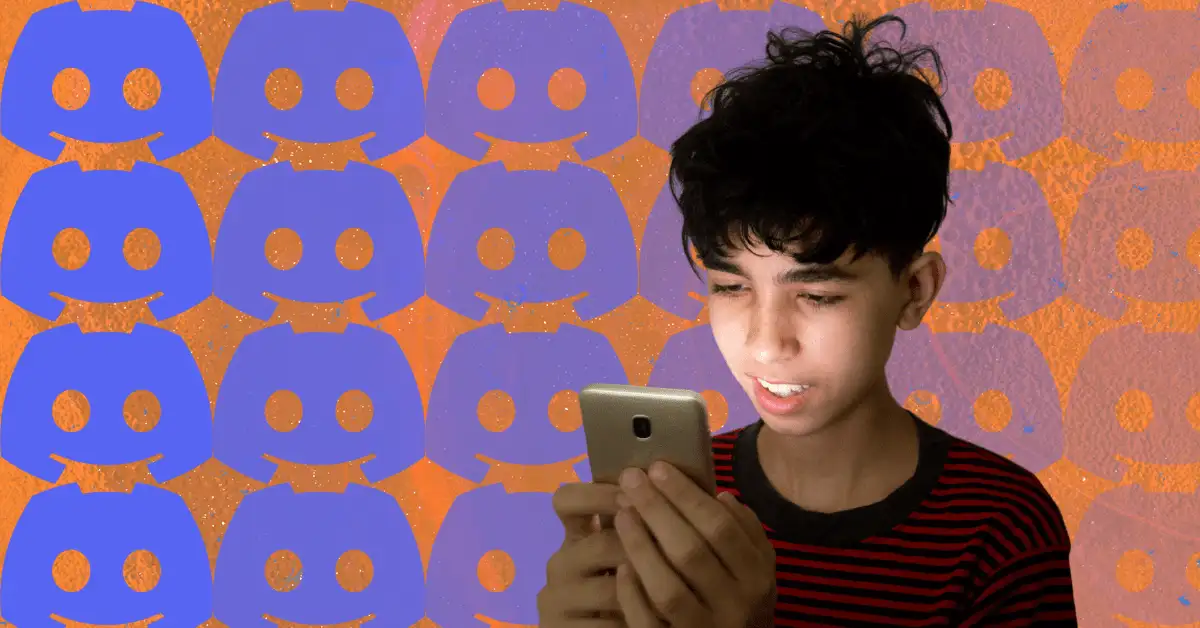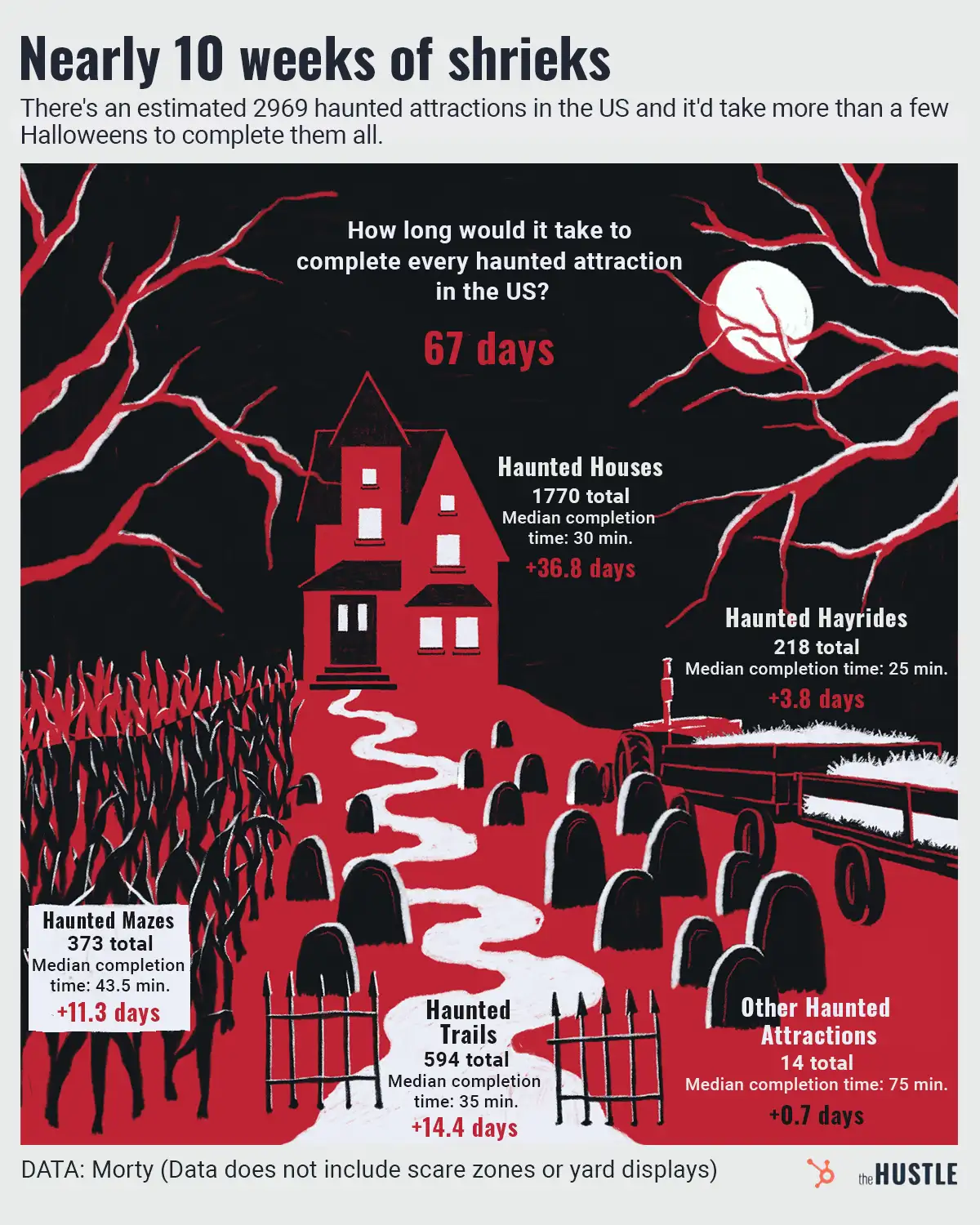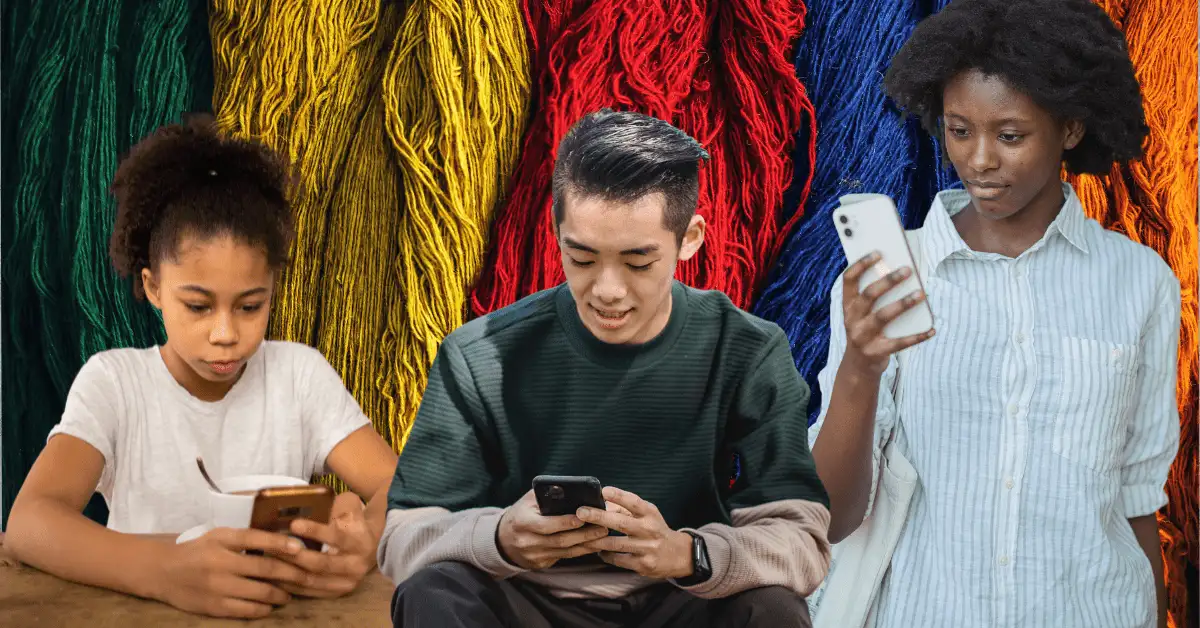As it turns out, helping people find their soulmate while taking a sh*t was truly innovative.
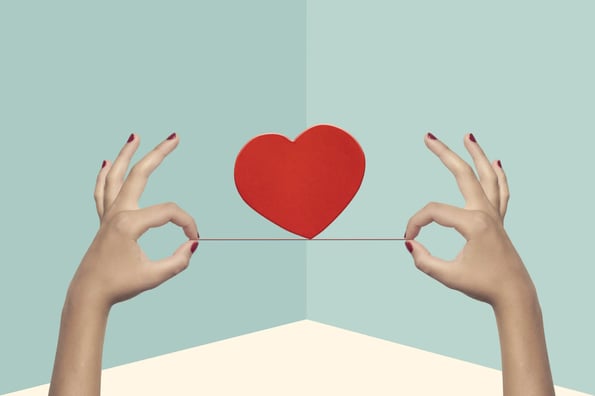
Today, a third of new marriages start on an app. Match Group says 16.3m people pay for its premium services.
Monetizing the potential for love has proven lucrative, but many people struggle with the now-classic online formats.
Dating apps…
… tout high user and match counts, but the chances of AI successfully finding you lasting love are slim.
- Prior to covid, 30% of US adults tried their hand at online dating. Yet, 28% of US households are now single-person, up from 13% in 1960.
What about the promise of “swiping right” for love? No wonder dating apps have worse customer satisfaction than airlines and cable providers.
But all this scale…
… has presented an opportunity for new, niche offerings.
Take Lox Club, a private dating app “for Jews with ridiculously high standards… designed to feel like a speakeasy hidden within an old school deli.” Thousands use it for $96 a year.
- Lox Club offers human matchmaking services, a feature of increasing focus in the space at large.
Match started offering human matchmaking in November for $4.99 a week, and Ambyr Club, which launched last year, organizes in-person events for small matchmaker-chosen groups.
Countless other apps…
… are being built around unique takes on the classic feed.
- Schmooze lets you swipe on memes instead of photos.
- NUiT uses your astrological signs. (Good luck with that.)
- So Syncd runs personality tests.
- Dig is for dog lovers.
- Kippo offers a metaverse.
The blessing and curse for these apps will be their networks. Too big? Cliche. Too small? Not enough options.
The other challenge with dating apps, as has been the case for a decade, will be getting people to actually go on dates.


